EUROMETAL and Fastmarkets organized a special webinar to assess the effects of the European Union's Carbon Border Adjustment Mechanism on the steel industry. Speakers included Alfonso Hidalgo de Calcerrada, Director of Economic Studies at UNESID, Jaap Jan Aardenburg, Head of Commercial Affairs at Tata Steel Nederland, and Tayfun İşeri, Coordinator at Çolakoğlu Metalurji.
Speaking during the webinar, Tayfun İşeri highlighted that with the implementation of CBAM, not only producers but also end users will be affected. İşeri stated, “When CBAM is implemented, we need to look at how downstream players, meaning end users, will be affected. I’m sure there will be some regulations regarding this. If you look at the United States, they don’t have CBAM, but they impose additional duties on derivative products because they are trying to protect their end users. This is a truly complex issue, but not unsolvable. I’m confident that a solution will be found, but it must be fair for both steel producers and end users.”
Pointing out that the process is still unclear for Türkiye, İşeri noted that the country is working on its Emissions Trading System (ETS), but it needs to be fully integrated with CBAM. “Currently, that integration is missing. One of the main reasons is that the EU has not yet defined clear benchmark values. It will take time to see what can be done for 2026, but eventually these figures will be published,” said İşeri, underlining that renewable energy certificates (RECs) should be aligned with CBAM benchmark values.
Reminding that Türkiye’s ETS has not yet been launched, İşeri said, “During the 2026 transition phase, we will have our own ETS, but currently nothing is being implemented. We don’t know how the tracking process will work or how the cost will be determined. Türkiye currently does not have a certification system. This is something the Ministry is working on.”.
İşeri also addressed the debate on who will bear the CBAM cost: “The CBAM cost will not be paid directly. If Türkiye’s and Europe’s ETS systems are implemented, the gap will be balanced in some way.”.
Touching on the green steel transition, İşeri emphasized that the transformation must be based not only on carbon reduction but also on economic sustainability. “We are trying to integrate everything with CBAM and ETS, but at the same time there are new quotas and safeguard measures. These affect imports to both Europe and Türkiye. They are not part of green steel production per se, but they are intertwined with the process. As supply and demand balances become clearer in 2026, the direction of global trade will also become more apparent,” he said.
İşeri also drew attention to the importance of direct reduced iron (DRI) investments: “If you decide today to invest in an electric arc furnace-based DRI project, it takes three to four years to complete the process. Sometimes that’s short, sometimes it’s long. But today’s steel economy does not fully support such investments. That’s why many companies are hesitant, and some are postponing their investments due to current economic conditions”.
As a final point, İşeri highlighted the close link between this process and profitability: “If the sector becomes more profitable than it is today, everything will progress faster. But if not, many things will slow down. I can guarantee that,”


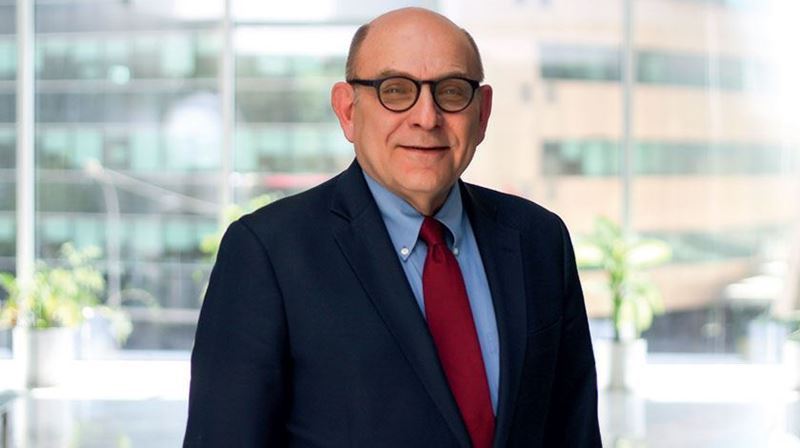
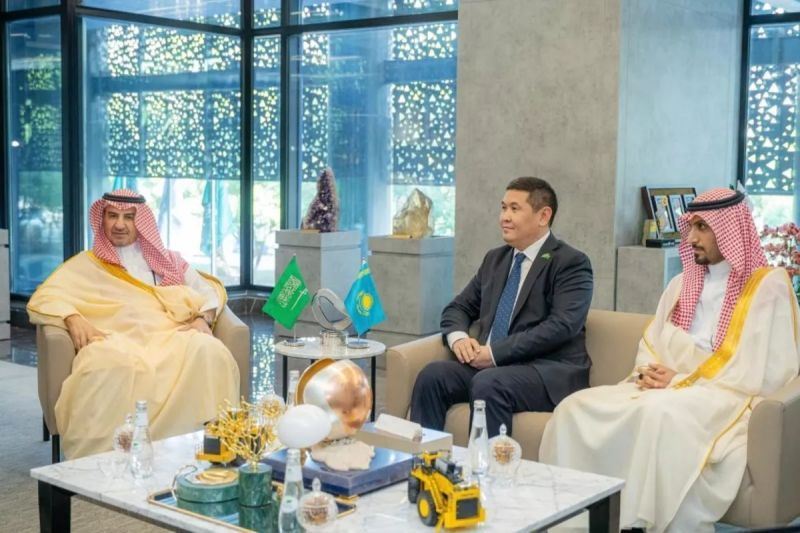
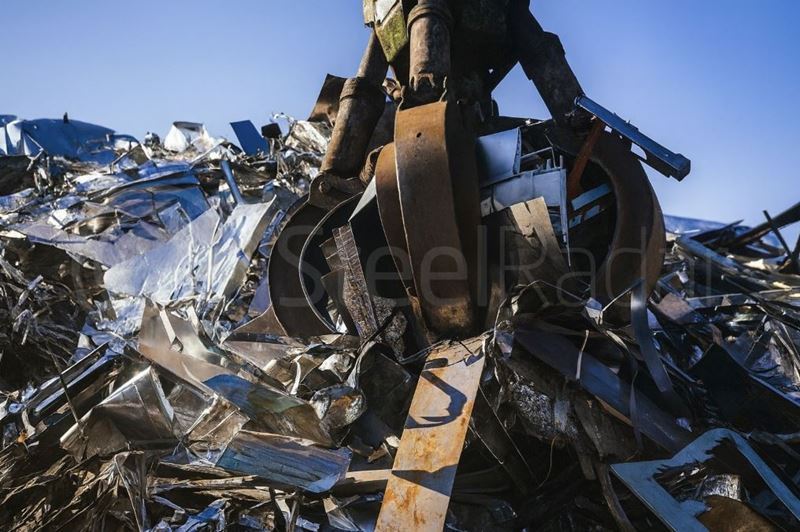
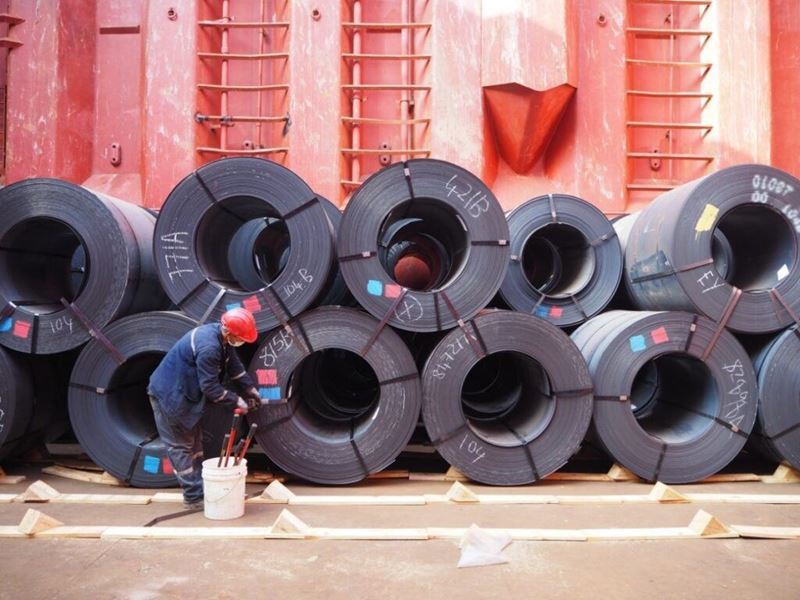
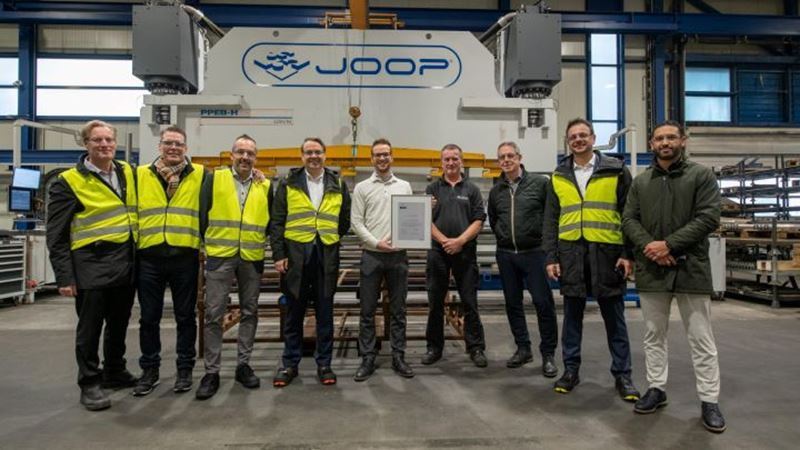
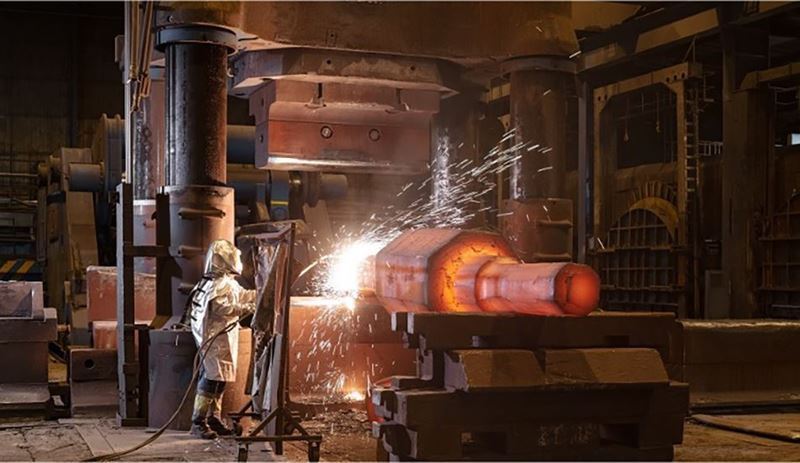

Comments
No comment yet.